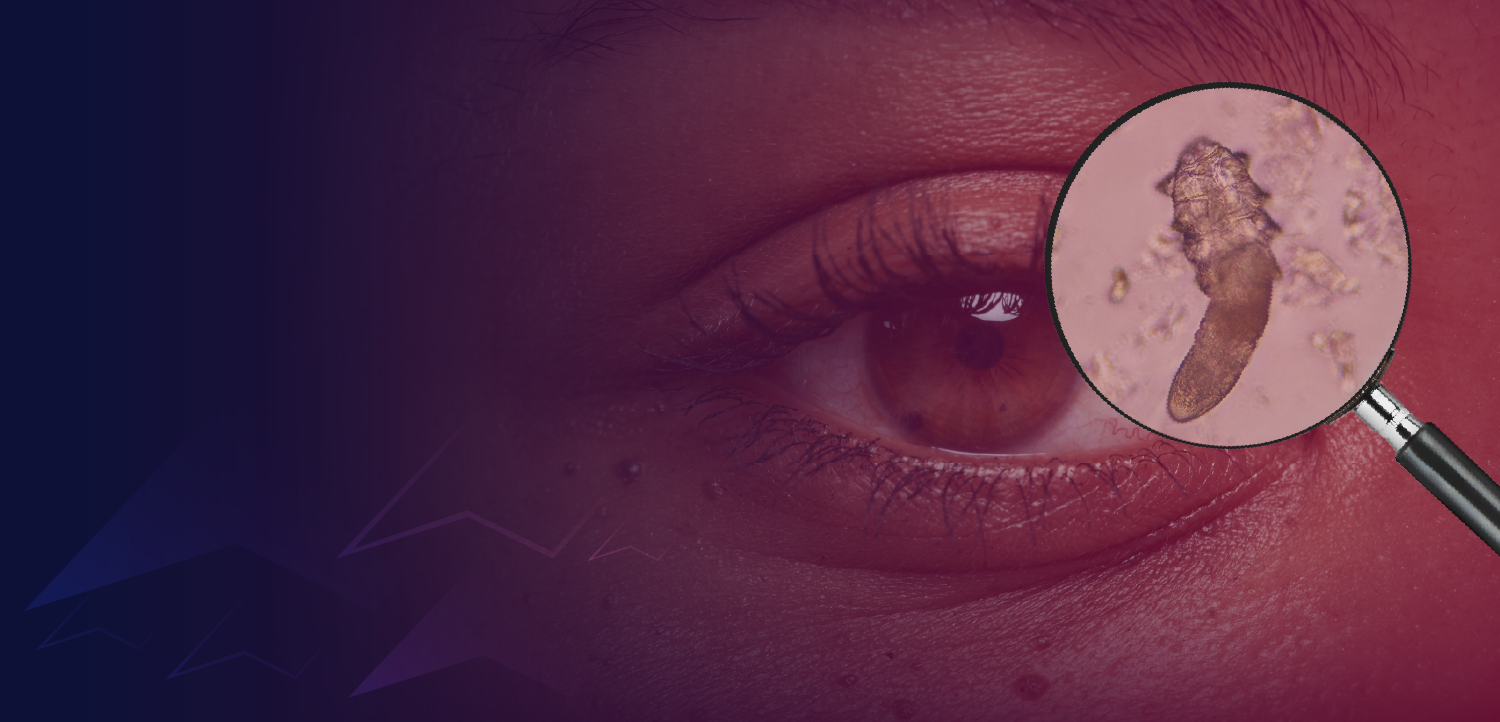
Genes identify potential risk for AMD
Patients with 2 CFH risk alleles and no ARMS2 risk alleles would be better served by not taking the Age-Related Eye Disease Study (AREDS) formulation, according to Carl C. Awh, MD.
Orlando-Patients with 2 CFH risk alleles and no ARMS2 risk alleles would be better served by not taking the Age-Related Eye Disease Study (AREDS) formulation, according to Carl C. Awh, MD.
Dr. Awh, Tennessee Retina, Nashville, said he observed outcomes of patients followed in the study to support published findings that show response to components of the AREDS formulation is influenced by CFH and ARMS2 alleles.
DNA from white AREDS participants (989) with AREDS category 3 disease in at least one eye was genotyped at CFH and ARMS2 loci. Age-related macular degeneration progression was defined as development of AREDS category 4 disease in any eye with category 1 to 3 disease at study entry.
Patients were divided into four groups based on relative higher or lower CFH and ARMS2 risk allele number.
Outcomes analysis of patients based on these genotype groups showed statistically significant differences and response to treatment, he said.
AREDS patients with 2 CFH risk alleles and no ARMS2 risk alleles did worse if treated with the AREDS formulation or zinc than if treated with placebo, Dr. Awh said. Thirteen percent of patients in the study fell into this genotype group.
However, those with higher ARMS2 risk alleles and lower CFH risk alleles did much better if treated with the AREDS formulation than with placebo.
The optimal formulation for 63% of the patients was something other than AREDS formulation, noted Dr. Awh-suggesting further evidence of the benefit of genetic testing for AMD.
For more articles in this issue of Ophthalmology Times’ Conference Brief, click
Newsletter
Don’t miss out—get Ophthalmology Times updates on the latest clinical advancements and expert interviews, straight to your inbox.


















































.png)


